Times to Visit Cultural Landmarks india; India’s cultural landmarks are a treasure trove of history, art, religion, and architecture. Each landmark is a living testament to centuries of stories, traditions, and significance. But to truly appreciate these wonders, timing is key. Whether you want to avoid the summer heat, witness vibrant cultural festivals, or enjoy the natural beauty of the surroundings, knowing the best time to visit can make a huge difference.
1. Taj Mahal, Agra
Best Time to Visit: October to March
Why This Time?
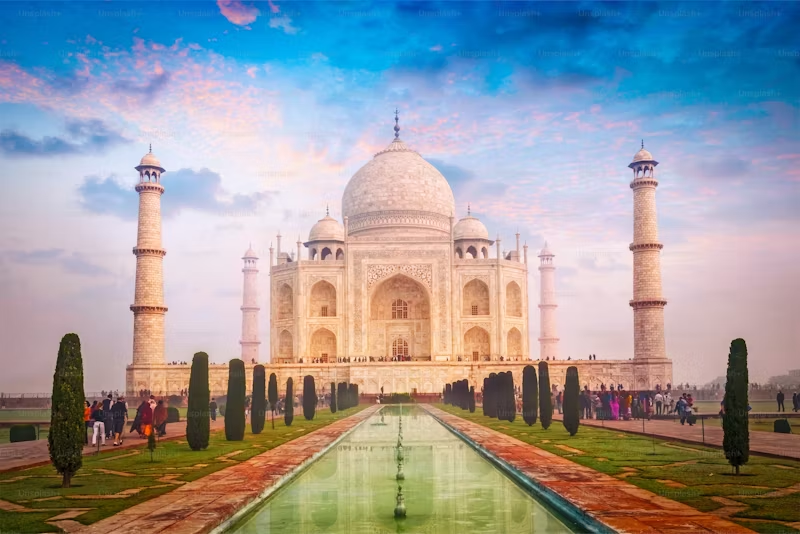
- Avoid the heat: The winter months offer pleasant temperatures, making it comfortable to explore the Taj Mahal.
- Magical mornings: Early mornings provide a stunning view of the monument as it glows in the soft sunrise light.
- Full moon magic: Visiting during the full moon enhances the experience, as the white marble sparkles under the moonlight.
Pro Tip: Plan your visit early in the morning to beat the crowds and enjoy the peaceful atmosphere of this iconic landmark.
2. Jaipur’s Amer Fort, Rajasthan
Best Time to Visit: November to February
Why This Time?
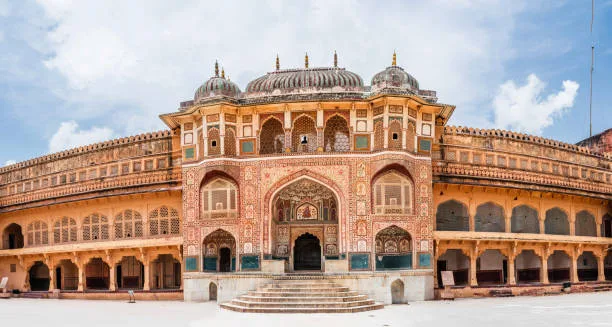
- Pleasant weather: While Rajasthan can have extreme temperatures, the winters are mild, making it comfortable to explore the massive Amer Fort and its stunning architecture.
- Evening entertainment: The light and sound show held in the evenings during this time is a captivating addition to your visit.
Pro Tip: Combine your visit with the Jaipur Literature Festival in January to experience the rich cultural atmosphere of the city.
3. Varanasi Ghats, Uttar Pradesh
Best Time to Visit: November to February
Why This Time?
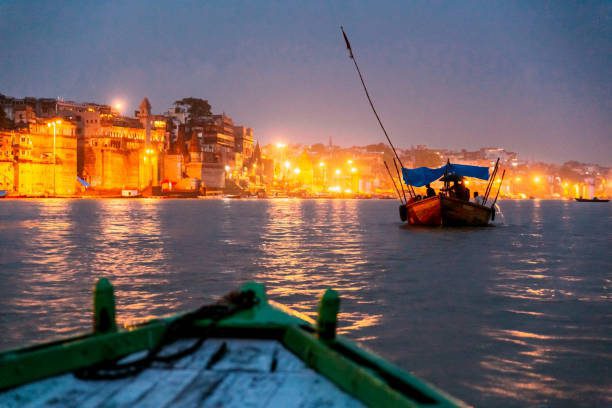
- Pleasant weather: Varanasi can be extremely hot during the summer, so the winter months offer a more comfortable climate for exploring the ghats and attending the Ganga Aarti.
- Dev Deepawali: The famous festival of Dev Deepawali, celebrated 15 days after Diwali, is a spectacular time to witness the ghats illuminated by thousands of earthen lamps.
Pro Tip: Try to time your visit during Dev Deepawali for a truly unforgettable spiritual experience on the banks of the holy Ganges.
4. Hampi, Karnataka
Best Time to Visit: October to February
Why This Time?
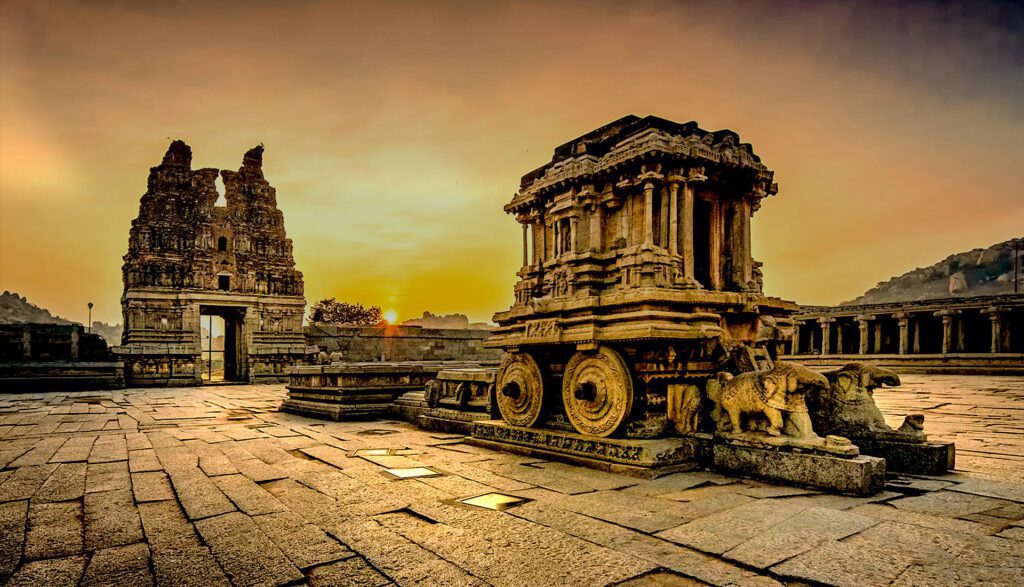
- Pleasant weather: The UNESCO World Heritage site of Hampi is best explored during the cooler months. The landscape, dotted with ancient temples and boulders, is easier to navigate in pleasant weather.
- Hampi Utsav: The annual Hampi Utsav, held in January or February, adds a cultural dimension to your visit, with performances, music, and exhibitions.
Pro Tip: Stay for a few days to fully immerse yourself in the ancient ruins and the surrounding landscape.
5. Khajuraho Temples, Madhya Pradesh
Best Time to Visit: October to March
Why This Time?
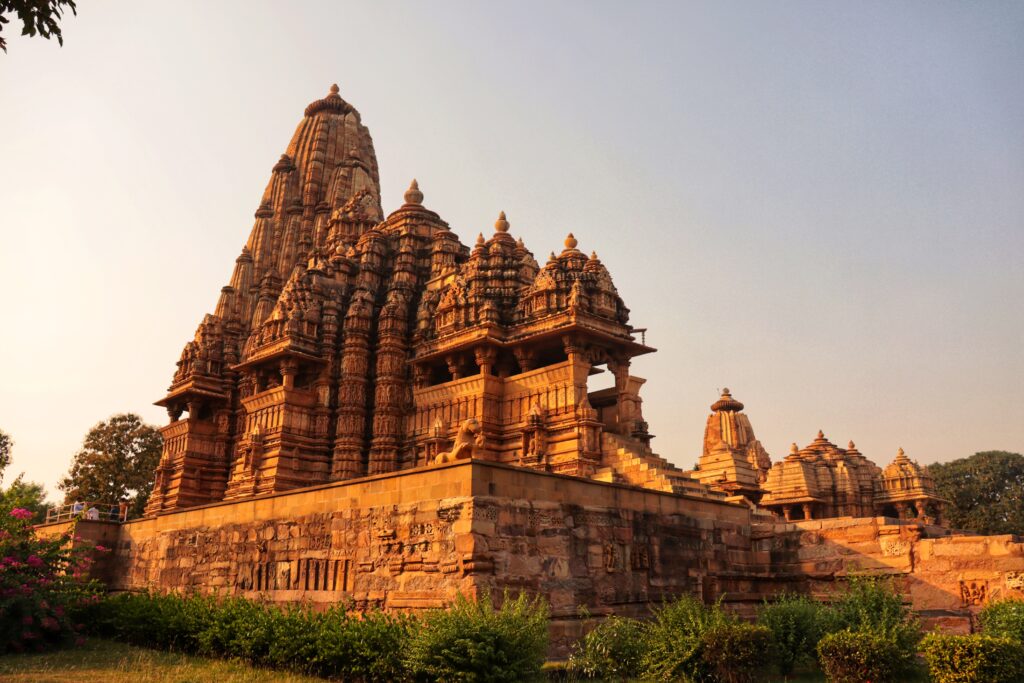
- Pleasant weather: The winter months offer a comfortable climate for exploring the intricate carvings of the Khajuraho temples, known for their stunning representations of Hindu and Jain deities.
- Khajuraho Dance Festival: The annual Khajuraho Dance Festival, held in February, showcases classical Indian dance forms against the backdrop of these magnificent temples, making it a truly cultural experience.
Pro Tip: Attend the dance festival to enjoy performances by some of India’s top classical dancers.
6. Mysore Palace, Karnataka
Best Time to Visit: October (During Dussehra)
Why This Time?
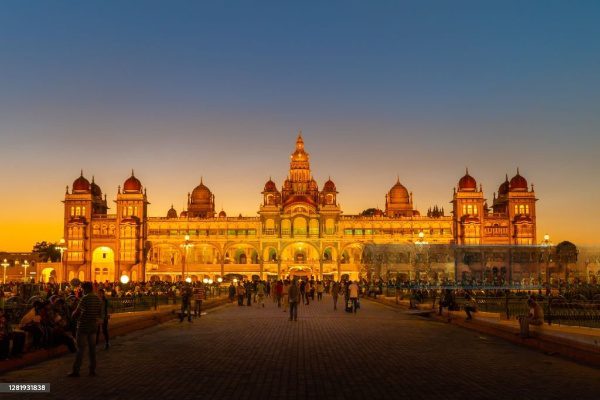
- Dussehra celebrations: While the Mysore Palace is a year-round attraction, visiting during the Dussehra festival in October is truly unforgettable. The palace is illuminated with thousands of lights, and the city comes alive with processions, cultural performances, and fireworks.
Pro Tip: Book your accommodation well in advance if you plan to visit during Dussehra, as Mysore attracts a large number of tourists during this time.
7. Red Fort, Delhi
Best Time to Visit: October to March
Why This Time?
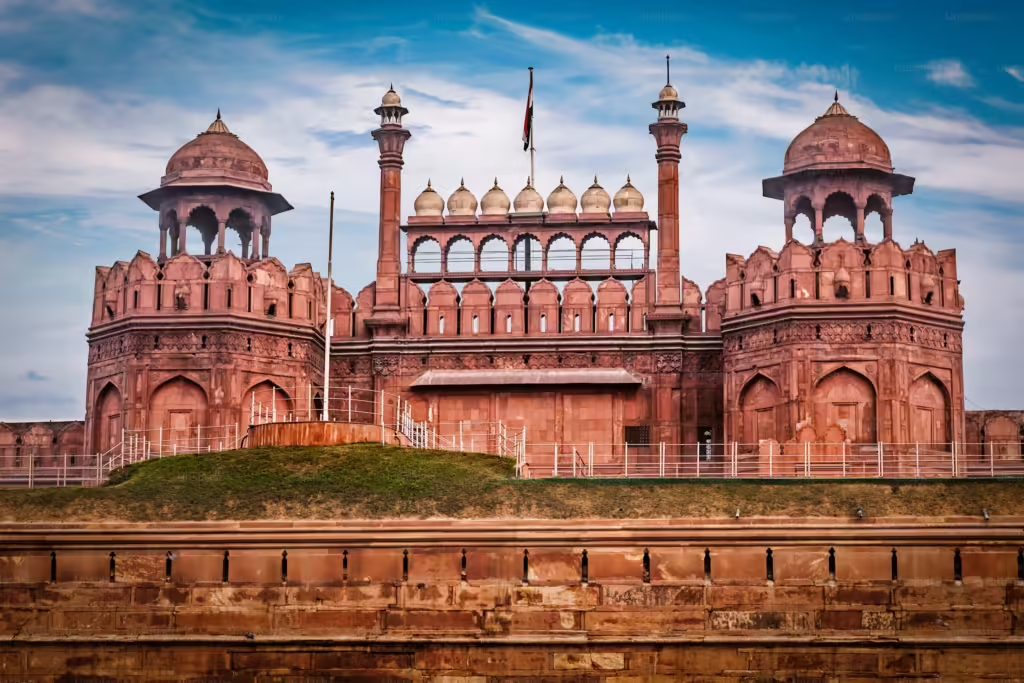
- Pleasant weather: Delhi’s scorching summer heat can make sightseeing challenging, so the winter months offer a more comfortable climate for exploring the Red Fort.
- Republic Day celebrations: Visiting on January 26th, India’s Republic Day, allows you to witness the grand parade that passes through the historic monument.
Pro Tip: Explore the nearby Jama Masjid and Chandni Chowk to experience the vibrant culture and history of Old Delhi.
8. Ellora and Ajanta Caves, Maharashtra
Best Time to Visit: November to March
Why This Time?
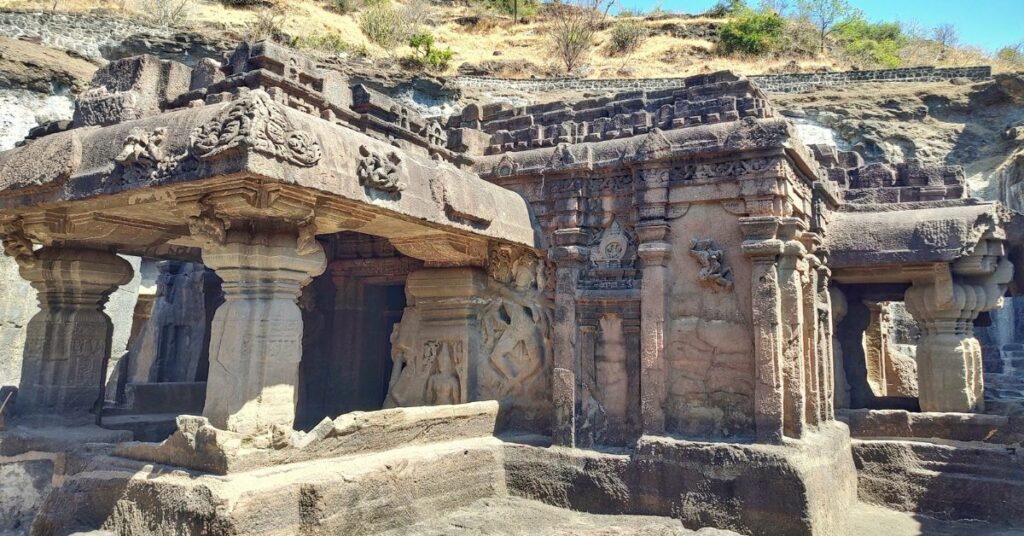
- Pleasant weather: The cooler months offer the ideal climate for exploring these ancient rock-cut caves.
- Avoid the monsoon: The monsoon season (June to September) can make the caves slippery and difficult to navigate.
Pro Tip: Allocate enough time for both cave sites, as they are located a few hours apart and each requires a full day to explore.
9. Sanchi Stupa, Madhya Pradesh
Best Time to Visit: November to February
Why This Time?
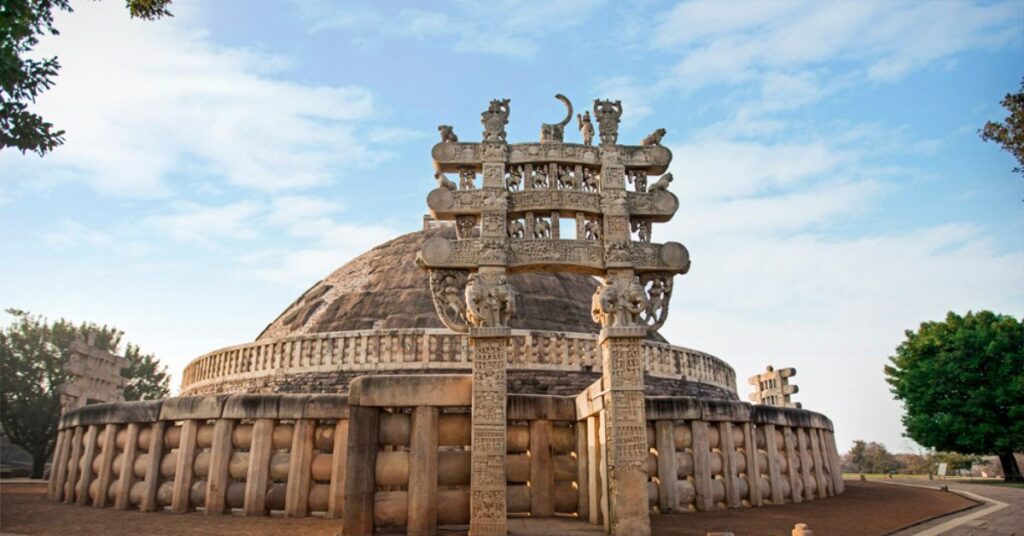
- Pleasant weather: The winter months offer a comfortable climate for exploring the Sanchi Stupa, one of India’s most important Buddhist sites.
- Comfortable visit: The pleasant weather during this period allows for a comfortable visit to the stupa and its surrounding monasteries and pillars.
Pro Tip: Combine your visit to Sanchi with a trip to nearby Udayagiri Caves for more ancient Buddhist and Hindu rock-cut sites.
10. Qutub Minar, Delhi
Best Time to Visit: October to March
Why This Time?
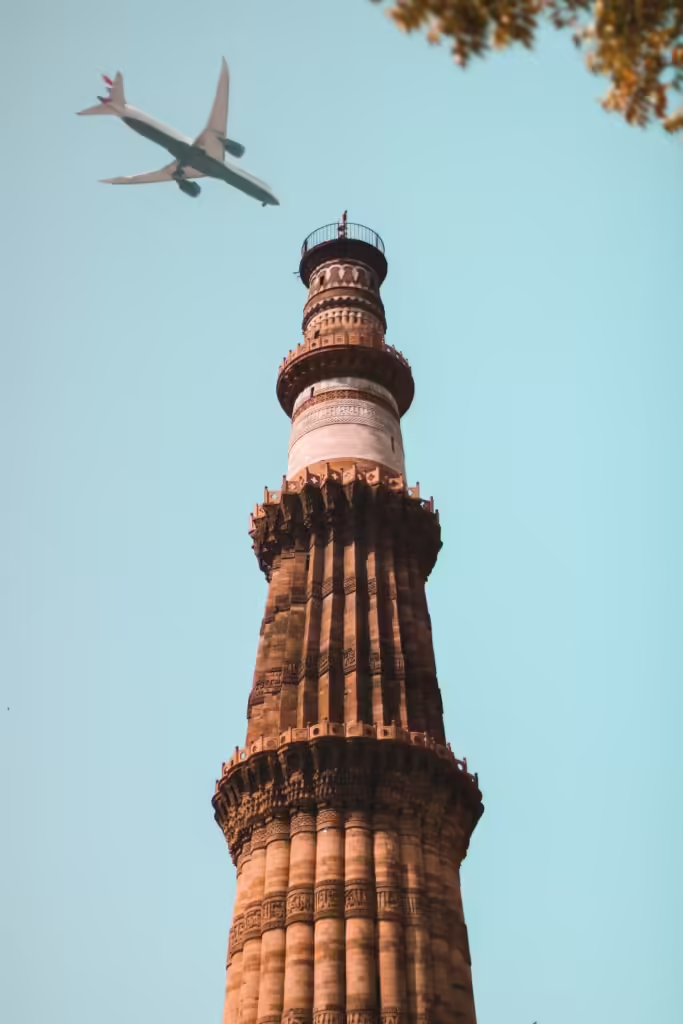
- Pleasant weather: Like other Delhi landmarks, Qutub Minar is best explored in the winter when the weather is mild.
- Qutub Festival: Visiting in February or March coincides with the Qutub Festival, a three-day celebration of Indian music, dance, and culture, hosted near the historic monument.
Pro Tip: Plan your trip to coincide with the Qutub Festival for a blend of historical exploration and cultural immersion.
Final Thoughts – Times to Visit Cultural Landmarks india
Unveiling India’s cultural wonders is a captivating journey through history, spirituality, and architectural marvels. To maximize your experience, consider the ideal time to visit each landmark. Xplro.com, your one-stop guide to exploring India, recommends the cooler winter months (October to March) for most destinations, offering pleasant weather for sightseeing. This is especially true for iconic sites like the Taj Mahal. However, some landmarks come alive during specific festivals. Witness the dazzling illuminations of Mysore Palace during Dussehra (October) or immerse yourself in the cultural extravaganza of the Qutub Festival (February/March) held near the majestic Qutub Minar. With a little planning, you can combine historical exploration with vibrant cultural experiences, making your trip to India unforgettable.
FAQs
1. What is the best time to visit the Taj Mahal?
- The ideal time to visit the Taj Mahal is between October and March. The cool weather during these months makes it more comfortable to explore the site. Visiting early in the morning or during a full moon night offers the most beautiful views of the Taj as it shines under different lights.
2. When is the best time to visit Amer Fort in Jaipur?
- November to February is the perfect time to visit Amer Fort. The weather is mild, making it easier to explore this vast fort complex. During this time, you can also catch the evening light and sound show, which brings the fort’s history to life.
3. What is the ideal season to visit Varanasi?
- The best time to visit Varanasi is between November and February. The cooler temperatures make walking along the ghats and attending the Ganga Aarti more enjoyable. If you visit during Dev Deepawali, you’ll witness the ghats beautifully lit up with thousands of lamps.
4. Which months are best for visiting Hampi?
- Hampi is best visited between October and February, as the weather is more pleasant for sightseeing. You can also plan your trip during the Hampi Festival in January or February, which features cultural performances and music, adding more vibrancy to your visit.
5. When should I visit the Khajuraho Temples?
- October to March is the best time to visit the Khajuraho Temples. The weather during these months is cooler, making it ideal for exploring. You can also attend the Khajuraho Dance Festival in February, which showcases India’s classical dance forms against the backdrop of the beautiful temples.
6. When is the best time to see the Mysore Palace during Dussehra?
- October, during the Dussehra festival, is the best time to visit the Mysore Palace. The palace is illuminated with thousands of lights, and the city celebrates with grand processions, cultural performances, and fireworks, making it a magical experience.
7. What is the best time to visit the Red Fort in Delhi?
- The ideal time to visit the Red Fort is from October to March when the weather is cool and pleasant. If you visit around January 26th during Republic Day celebrations, you’ll also have the chance to witness the grand parade near the Red Fort.
8. What is the best season to explore the Ajanta and Ellora Caves?
- The best season to visit the Ajanta and Ellora Caves is between November and March. These months offer cooler temperatures and clear skies, making it easier to navigate the caves and enjoy the stunning ancient artwork and architecture.
9. When should I visit the Sanchi Stupa?
- The best time to visit the Sanchi Stupa is from November to February, when the weather is comfortable for walking around the site. This period also allows for a more enjoyable exploration of the nearby Buddhist ruins and structures.
10. What is the best time to visit Qutub Minar in Delhi?
- The optimal time to visit Qutub Minar is between October and March. The cool weather during these months is perfect for outdoor exploration. You can also attend the Qutub Festival in February or March, which celebrates Indian culture through music and dance performances.
11. Can I visit these landmarks during the monsoon season?
- While monsoon (June to September) brings lush greenery, heavy rainfall can disrupt travel plans and make certain sites, such as the Ajanta and Ellora Caves or Amer Fort, challenging to explore. It’s generally better to avoid monsoons for outdoor cultural sites.
12. Are there any festivals that align with visiting these landmarks?
- Yes, many cultural festivals take place near India’s landmarks. For example, you can visit Mysore Palace during Dussehra in October, the Khajuraho Temples during their Dance Festival in February, or Qutub Minar during the Qutub Festival in February or March to enhance your cultural experience.





